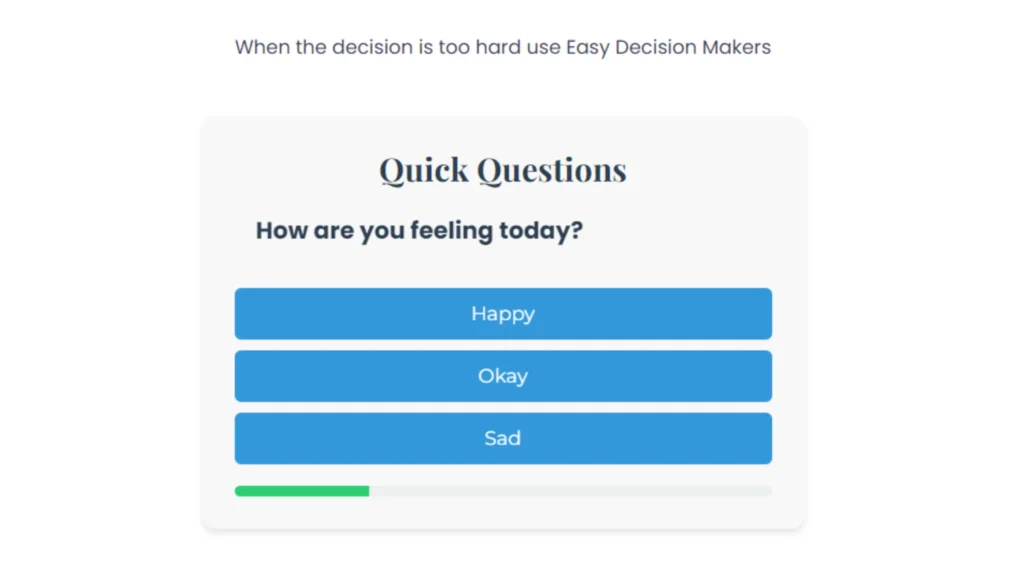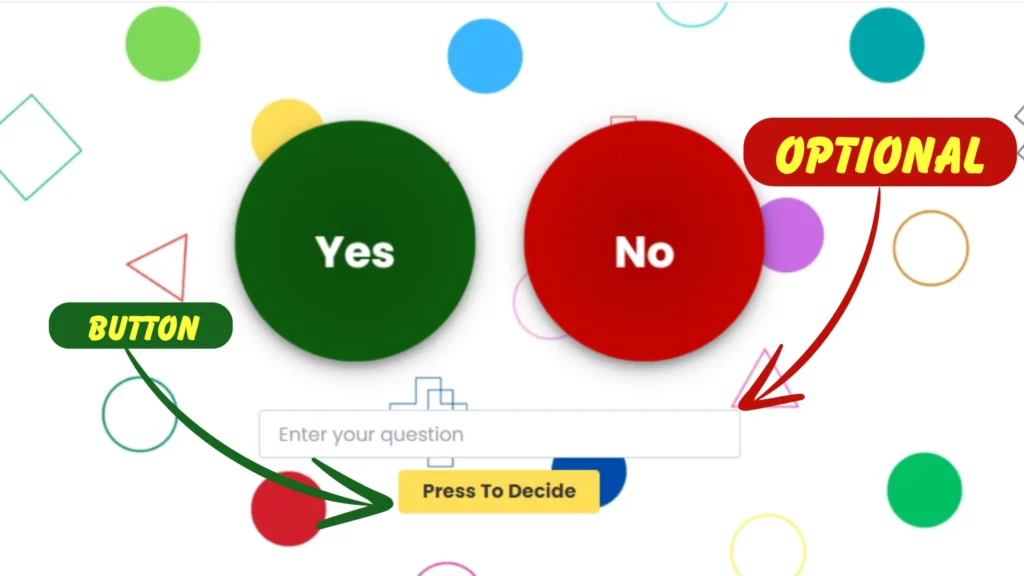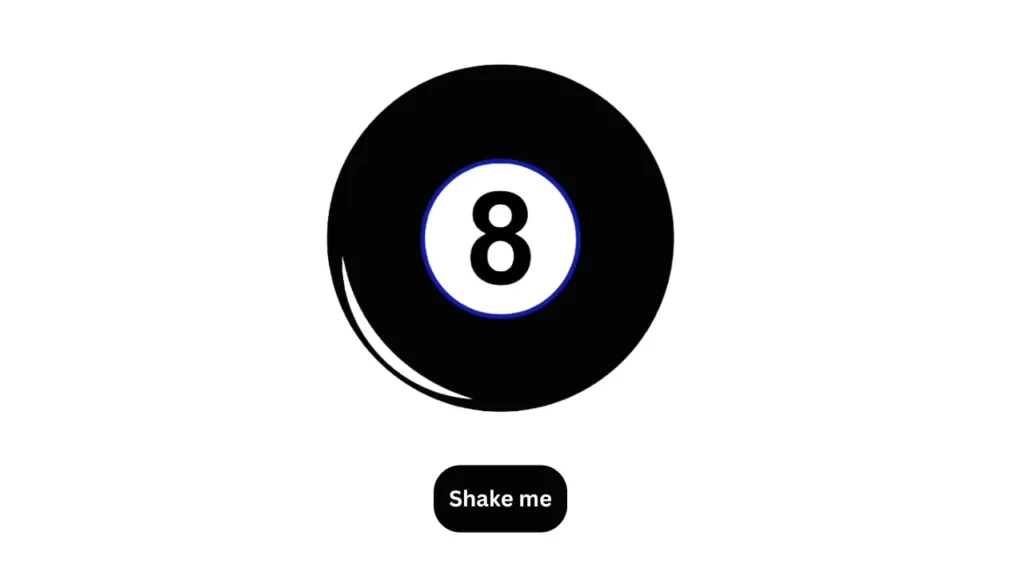In today’s fast-paced world, the ability to make effective decisions quickly and confidently can be the difference between success and stagnation.
Whether you’re a business professional, entrepreneur, or someone looking to improve their personal life, becoming an elite decision maker isn’t just about making choices—it’s about making the right choices consistently.
Over the next 30 days, you’ll discover powerful strategies, practical exercises & proven tools that can transform your decision-making abilities.
That One Quality of a Good Decision Maker
What sets apart an average decision maker from an elite one? It’s not intelligence, experience, or even intuition—though these all play important roles. The one defining quality that distinguishes exceptional decision makers is their ability to maintain emotional equilibrium under pressure.
The Power of Emotional Equilibrium
When faced with important decisions, elite decision makers demonstrate:
- Emotional Awareness
– Recognition of emotional triggers
– Understanding of personal biases
– Ability to separate feelings from facts
- Response Control
– Measured reactions to high-pressure situations
– Consistent thought processes regardless of stress levels
– Practiced pause before responding to challenges
Practical Exercise: The 2-Minute Reset
Try this daily exercise to develop your emotional equilibrium:
- Set a timer for 2 minutes
- Focus on your breathing
- Identify any emotional responses
- Label them without judgment
- Return to neutral breathing
Track your progress: Keep a daily log of how this exercise affects your decision-making clarity.
Building Your Foundation
To develop this crucial quality:
- Start Small: Practice with minor decisions first
- Stay Consistent: Make this a daily ritual
- Monitor Progress: Keep a decision journal
- Reflect Regularly: Review outcomes weekly
Remember, becoming an elite decision maker isn’t about eliminating emotions—it’s about understanding and managing them effectively. This foundational quality sets the stage for all other decision-making improvements we’ll explore in the following sections.
7 Daily Habits to Adopt to Make You a Better Decision-Maker
Building strong decision-making skills requires consistent practice and the right daily habits. Here are seven game-changing habits that can transform your decision-making capabilities over the next 30 days.
1. Morning Reflection
Start each day with purposeful reflection:
- Spend 10 minutes in silence
- Review your upcoming decisions
- Set clear intentions for the day’s choices
2. Decision Journaling
Keep a structured decision diary that includes:
- The decision you’re facing
- Your initial emotional response
- Potential outcomes
- Final choice and reasoning
- Follow-up results after implementation
3. Time Blocking for Decisions
Implement the “Decision Hour” technique:
- Schedule specific times for important decisions
- Avoid decision-making when mentally fatigued
- Reserve peak energy hours for crucial choices
4. Information Gathering Ritual
Create a systematic approach to collecting data:
- Set up news/industry alerts
- Follow expert sources
- Maintain a research database
- Review collected information weekly
5. The Three-Person Perspective
Before making significant decisions, view it through three lenses:
- The Optimist: What’s the best possible outcome?
- The Realist: What’s the most likely scenario?
- The Critic: What could go wrong?
6. Physical-Mental Reset
Implement the “2-2-2 Rule“:
- 2 minutes of deep breathing
- 2 minutes of physical movement
- 2 minutes of mental visualization
7. Evening Review
End each day with a structured review:
- List decisions made
- Rate their effectiveness
- Plan tomorrow’s choices
- Document lessons learned
Practical Implementation Guide
Week 1-2: Focus on habits 1-3
- Start small with morning reflection
- Begin your decision journal
- Establish time blocking
Week 3-4: Incorporate habits 4-7
- Build your information system
- Practice perspective-taking
- Implement physical-mental resets
- Establish evening review routine
Progress Tracking Template
Create a daily scorecard:
- [ ] Morning Reflection Completed
- [ ] Journal Entry Made
- [ ] Time Blocks Respected
- [ ] Information Gathered
- [ ] Perspectives Considered
- [ ] Reset Exercises Done
- [ ] Evening Review Completed
Remember, consistency trumps intensity. It’s better to practice these habits imperfectly every day than to execute them perfectly occasionally. Track your progress and adjust as needed—your decision-making muscles will strengthen with each passing day.
Want to be a Better Decision Maker? Be Quiet
In our hyper-connected world, the power of silence is often underestimated. Strategic silence isn’t just about not speaking—it’s about creating the mental space needed for superior decision-making.
The Science of Silence
Research shows that periods of silence can:
- Reduce mental fatigue
- Increase mental clarity
- Enhance cognitive processing
- Improve decision accuracy
Three Types of Decision-Making Silence
1. External Silence
Create a distraction-free environment:
- Turn off notifications
- Find a quiet space
- Use noise-canceling headphones if needed
- Schedule “do not disturb” periods
2. Internal Silence
Cultivate mental stillness:
- Practice mindfulness
- Clear mental chatter
- Focus on single-point awareness
- Release judgment of thoughts
3. Digital Silence
Implement tech-free decision zones:
- No devices during decision-making
- Avoid immediate digital input
- Trust your inner wisdom
The Silent Decision Protocol
Follow this structured approach:
Step 1: Preparation (5 minutes)
- Find your quiet space
- Set your timer
- Close your eyes
- Center yourself
Step 2: Question Formation (3 minutes)
- State your decision clearly
- Write it down
- Avoid elaborating
Step 3: Silent Contemplation (10 minutes)
- Focus on the question
- Notice emerging thoughts
- Don’t force answers
Step 4: Insight Capture (2 minutes)
- Record immediate insights
- Note physical sensations
- Document emotional responses
Practical Exercise: The Silent Hour
Try this daily practice:
- Choose one hour of complete silence
- Carry a notebook
- Record decisions made during this time
- Compare these with decisions made during “noisy” hours
Common Challenges and Solutions
Challenge: “I can’t find quiet time”
- Solution: Start with 5 minutes early morning
- Gradually increase duration
- Use lunch breaks effectively
Challenge: “My mind won’t quiet down”
- Solution: Use breathing techniques
- Count breaths to ten
- Accept and release thoughts
Challenge: “I feel pressured in silence”
- Solution: Start with guided meditation
- Practice progressive relaxation
- Build tolerance gradually
Remember, becoming comfortable with silence is a journey. The goal isn’t to eliminate all noise but to create intentional spaces for clearer thinking and better decision-making.
Tracking Your Silent Progress
Keep a Silent Decision Log:
- Date and time of silent period
- Quality of decisions made
- Energy levels before and after
- Notable insights gained
In our noise-filled world, the ability to be quiet has become a superpower for decision makers. By mastering the art of silence, you are not just improving your decisions—you’re developing a competitive edge.
3 Things I Removed From My Life to Become a Better Decision Maker
Sometimes, becoming a better decision maker isn’t about adding more—it’s about removing what holds us back. Here are three critical elements that, when eliminated, can dramatically enhance your decision-making capacity.
1. Decision Fatigue Sources
Digital Distractions
What to Remove:
- Unnecessary phone notifications
- Email checking compulsion
- Social media during decision times
- Excessive app notifications
Implementation Strategy
- Set up Do Not Disturb schedules
- Create tech-free zones
- Batch process communications
- Establish digital boundaries
Measurable Results
Track improvements in:
- Focus duration
- Decision speed
- Mental clarity
- Choice confidence
2. Analysis Paralysis Triggers
Information Overload
What to Remove:
- Multiple news sources
- Conflicting advice channels
- Endless research loops
- Excessive opinion gathering
Implementation Strategy
- Choose 2-3 trusted information sources
- Set research time limits
- Create decision deadlines
- Trust your framework
Progress Tracking
Monitor changes in:
- Decision timing
- Confidence levels
- Stress reduction
- Action implementation
3. Energy Drainers
Environmental Clutter
What to Remove:
- Physical workspace chaos
- Mental to-do list overflow
- Toxic relationships
- Energy-depleting commitments
Implementation Strategy
- Declutter weekly
- Maintain minimal workspace
- Audit relationships
- Simplify commitments
The Removal Process
Week 1: Assessment
- Identify major distractions
- Log energy drains
- Track time wasters
- Document decision blockers
Week 2: Initial Elimination
- Remove top 3 distractions
- Clear physical space
- Reduce digital noise
- Set new boundaries
Week 3: Refinement
- Adjust elimination strategy
- Monitor improvements
- Fine-tune boundaries
- Evaluate results
Week 4: Maintenance
- Create sustaining habits
- Prevent creep-back
- Regular audits
- System optimization
Practical Exercise: The Elimination Log
Create a weekly tracking system:
Week of: [Date]
Removed Items:
1. ________________
2. ________________
3. ________________
Impact Rating (1-10):
- Focus: ___
- Clarity: ___
- Speed: ___
- Confidence: ___Warning Signs to Watch
Monitor these indicators that suggest the need for further elimination:
- Decision hesitation
- Mental fog
- Emotional drain
- Productivity drops
Success Metrics
Track these improvements:
- Reduced decision time
- Increased confidence
- Better outcomes
- Enhanced clarity
Remember, less is often more in decision-making. The goal isn’t to create a void but to make space for clarity and conviction in your choices. By removing these three key elements, you create room for better, faster, and more confident decisions.
3 Tools Expert Decision Makers Use Daily
In today’s digital age, even the most skilled decision makers rely on specialized tools to enhance their decision-making process. Here are three powerful tools that can help streamline your choices & provide clarity when you need it most.
1. Easy Decision Maker
This sophisticated tool helps you navigate multiple option decisions with confidence & clarity.
How It Works
- Enter your specific question
- Input all available options
- The tool analyzes and processes your choices
- Receive a clear, data-driven recommendation
Key Features
- Multiple option comparison
- Weighted decision analysis
- Intuitive interface
- Real-time results
Best Used For
- Career choices
- Project prioritization
- Purchase decisions
- Daily task management

Usage Guidelines
- Be specific with your question
- List all viable options
- Update options as needed
- Review recommendations objectively
2. Yes No Button
A streamlined tool designed for binary decision-making with both visual and audio feedback.
Key Features
- Instant decision generation
- Voice feedback capability
- Visual response display
- Simple, clean interface
How to Use
- Type your yes/no question
- Click “Press to Decide”
- Receive both written and voice response
- Get instant clarity

Perfect For
- Quick decisions
- Daily choices
- Immediate answers
- Breaking decision paralysis
3. Online Magic 8 Ball
A digital version of the classic decision-making tool, perfect for on-the-go decisions.
Features
- Classic 8-ball responses
- Mobile-friendly interface
- Random answer generation
- Immediate feedback
How to Use
- Focus on your question
- Click or shake (mobile)
- Receive your answer
- Trust the process

Tool Usage Strategy
Daily Implementation
- Morning: Use Easy Decision Maker for day planning
- Afternoon: Yes No Button for quick choices
- Evening: Magic 8 Ball for lighter decisions
Best Practices
- Don’t rely solely on tools for major life decisions
- Use as supplements to critical thinking
- Combine with other decision-making strategies
- Trust your intuition
Important Notes
⚠️ Remember: These tools are designed to:
- Aid in decision-making, not replace it
- Reduce decision fatigue
- Provide quick guidance
- Support, not dictate
Tool Selection Guide
Choose based on:
- Decision complexity
- Time available
- Stakes involved
- Need for detail
Practical Application
Easy Decision Maker:
- Complex choices
- Multiple options
- Needs analysis
Yes No Button:
- Binary decisions
- Quick answers
- Clear choices
Magic 8 Ball:
- Light decisions
- Fun choices
- Breaking indecision
Integration Tips
Morning Routine
- Check primary tasks
- Use appropriate tool
- Track results
Daily Workflow
- Identify decision types
- Select suitable tool
- Monitor effectiveness
Evening Review
- Evaluate tool usage
- Note successful decisions
- Adjust as needed
Remember: These tools are designed to enhance, not to replace your natural decision making abilities. They are most effective when used as part of a comprehensive decision making strategy.
Conclusion: Your Journey to Elite Decision Making
After exploring these comprehensive strategies and tools for becoming an elite decision maker, remember that excellence in decision-making is a journey, not a destination. Let’s recap the key elements that will transform your decision-making capabilities:
Key Takeaways
Foundation Building
- Emotional equilibrium is your cornerstone
- Silence becomes your strength
- Physical fitness enhances mental clarity
Daily Practices
- The power of 7 daily habits
- Strategic removal of obstacles
- Consistent tool utilization
Implementation Strategy
Week 1: Foundation Building
Week 2: Habit Formation
Week 3: Obstacle Removal
Week 4: Tool IntegrationYour 30-Day Transformation
What to Expect:
- Increased decision confidence
- Reduced decision fatigue
- Better quality choices
- Improved outcomes
Moving Forward
Remember these three golden rules:
- Consistency trumps perfection
- Progress over pressure
- Practice leads to mastery
Final Thoughts
Becoming an elite decision maker isn’t about never making mistakes—it’s about making better choices more consistently. The tools, techniques & strategies shared here are your roadmap to excellence. Trust the process, stay committed to your growth & watch as your decision-making abilities transform over the next 30 days.
Your success in decision-making isn’t measured by the absence of challenges, but by your ability to navigate them with confidence, clarity, and conviction.
Start your journey today. Your future self will thank you for the decisions you make right now.
